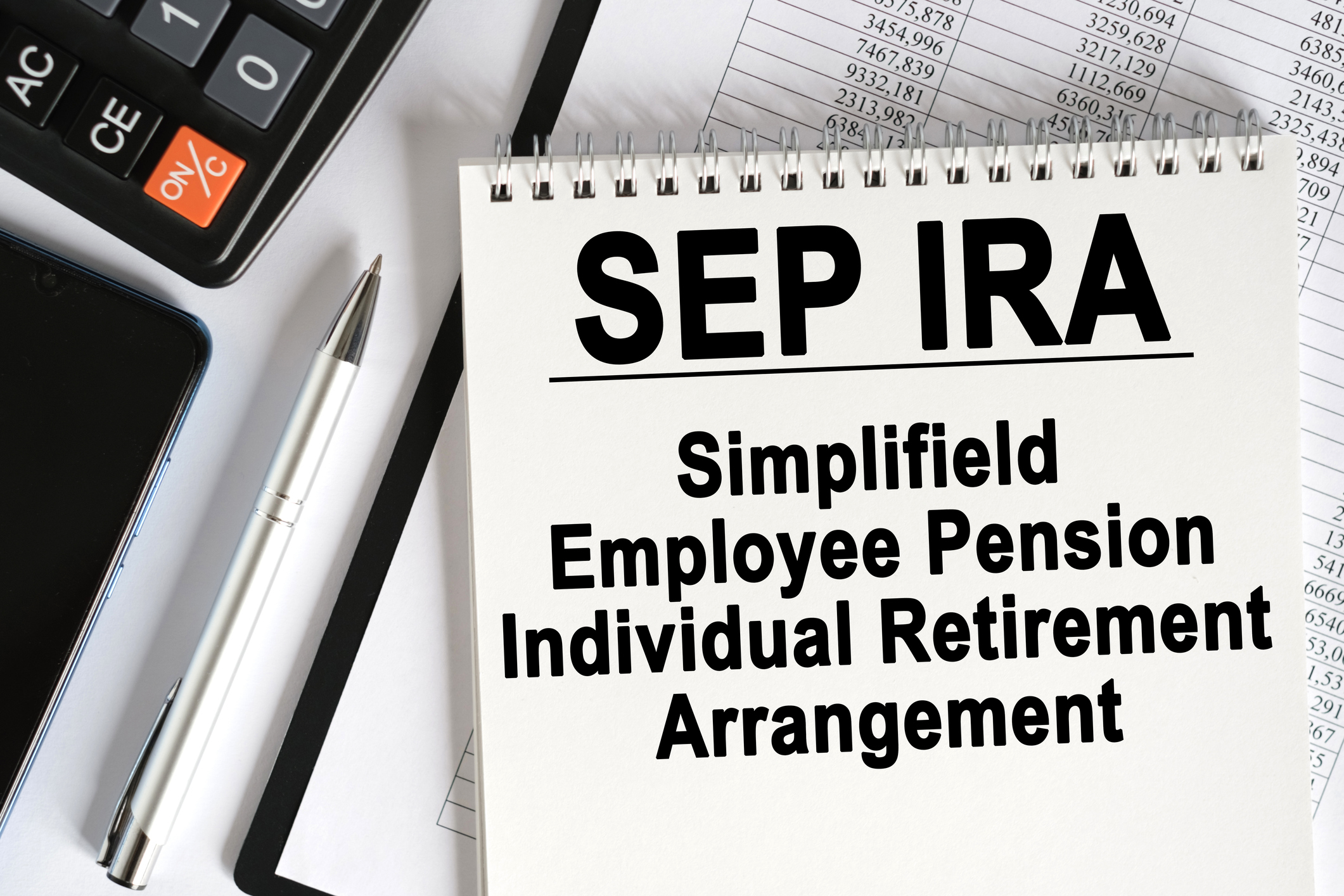Maximize Social Security Benefits for Surviving Spouses
Strategies for getting the most money by timing your claims.


Many retirees know that spouses can coordinate their claims to boost their total benefit payout from Social Security. But many may not realize that if they are widowed before claiming benefits, they may also have options to maximize Social Security by coordinating the timing of claims for their own retirement benefit and a survivor benefit.
What’s worse, if surviving spouses don’t know that they can mix and match those two benefits, the Social Security Administration isn’t likely to fill them in. A report earlier this year by the Social Security Administration’s Office of the Inspector General found that 82% of surviving spouses taking benefits could have received a higher monthly benefit by restricting their application to survivor benefits only and delaying their retirement benefits up to age 70. Without restricting an application, a beneficiary eligible for both benefits receives the highest one she is entitled to.
Not being informed about options for maximizing survivor benefits has a real cost. The Social Security Administration underpaid about $132 million to more than 9,000 beneficiaries age 70 and older, and it will underpay about 2,000 more beneficiaries who are under age 70 about $9.8 million annually once they reach age 70, according to the report’s projections.
From just $107.88 $24.99 for Kiplinger Personal Finance
Become a smarter, better informed investor. Subscribe from just $107.88 $24.99, plus get up to 4 Special Issues

Sign up for Kiplinger’s Free Newsletters
Profit and prosper with the best of expert advice on investing, taxes, retirement, personal finance and more - straight to your e-mail.
Profit and prosper with the best of expert advice - straight to your e-mail.
The report recommends ways for the agency to better inform surviving spouses of all their options, but it’s a good idea to educate yourself on how to maximize survivor benefits. While changes in the law a few years ago affected strategies for coordinating spousal benefits, those changes didn’t affect survivor benefit strategies. “You do still have the option to take one benefit and delay the other benefit,” says James Mahaney, vice president of strategic initiatives for Prudential Financial.
Surviving spouses need to consider whether they can maximize benefits by taking the survivor benefit first and later switching to their own benefit or by taking their own benefit first and then switching to a survivor benefit. The key factor to analyze in the decision: The maximum amount either benefit can grow.
You can claim a survivor benefit as early as age 60 (age 50 if disabled), but it is reduced if claimed before the survivor’s full retirement age. It won’t grow past the survivor’s full retirement age—the most a surviving spouse receives is 100% of the benefit the deceased spouse received or was eligible to receive at his death.
But the survivor’s own retirement benefit—which can be taken as early as 62 at a reduced amount—can grow beyond her full retirement age. Each year she delays her own retirement benefit past full retirement age, her benefit grows 8% a year up to age 70.
Run the Numbers
Once you figure which benefit could grow the largest, you’ll likely want to delay that benefit. But run the numbers before claiming to confirm. The benefit amounts and the age you claim will make a difference.
Let’s say a widow at her full retirement age is due a $2,000 survivor benefit or her own benefit of $1,800. For simplicity’s sake, we’ll assume the widow wants to claim either benefit as early as possible.
With a full retirement age of 67, she could earn 24% in delayed-retirement credits if she takes her own benefit at age 70. She could claim a reduced survivor benefit worth $1,430 a month as early as age 60 and take that until she switches to a boosted benefit of her own at age 70, worth $2,232 a month. If she lives to age 90, she would receive a total of $707,280 in benefits. (All totals exclude annual cost-of-living adjustments.)
If she instead takes her own reduced monthly benefit at 62 worth $1,260 and then switches to the full monthly survivor benefit of $2,000 at age 67, her total payout by age 90 would be $627,600. That’s about 11% less than if she restricts her application to a reduced survivor benefit first and later switches to her own boosted benefit. In the first scenario, delayed-retirement credits and the survivor benefit’s earlier eligibility age add up over her lifetime.
Profit and prosper with the best of Kiplinger's advice on investing, taxes, retirement, personal finance and much more. Delivered daily. Enter your email in the box and click Sign Me Up.

-
 Dow Hits New High Then Falls 466 Points: Stock Market Today
Dow Hits New High Then Falls 466 Points: Stock Market TodayThe Nasdaq Composite, with a little help from tech's friends, rises to within 300 points of its own new all-time high.
-
 The Best Vanguard Bond Funds to Buy
The Best Vanguard Bond Funds to BuyInvestors seeking the best Vanguard bond funds can pick between mutual funds and ETFs spanning maturities, credit qualities, tax treatment and geographies.
-
 Are You Afraid of an IRS Audit? 8 Ways to Beat Tax Audit Anxiety
Are You Afraid of an IRS Audit? 8 Ways to Beat Tax Audit AnxietyTax Season Tax audit anxiety is like a wild beast. Here’s how you can help tame it.
-
 9 Types of Insurance You Probably Don't Need
9 Types of Insurance You Probably Don't NeedFinancial Planning If you're paying for these types of insurance, you may be wasting your money. Here's what you need to know.
-
 Amazon Resale: Where Amazon Prime Returns Become Your Online Bargains
Amazon Resale: Where Amazon Prime Returns Become Your Online BargainsFeature Amazon Resale products may have some imperfections, but that often leads to wildly discounted prices.
-
 457 Plan Contribution Limits for 2026
457 Plan Contribution Limits for 2026Retirement plans There are higher 457 plan contribution limits in 2026. That's good news for state and local government employees.
-
 Medicare Basics: 12 Things You Need to Know
Medicare Basics: 12 Things You Need to KnowMedicare There's Medicare Part A, Part B, Part D, Medigap plans, Medicare Advantage plans and so on. We sort out the confusion about signing up for Medicare — and much more.
-
 The Seven Worst Assets to Leave Your Kids or Grandkids
The Seven Worst Assets to Leave Your Kids or Grandkidsinheritance Leaving these assets to your loved ones may be more trouble than it’s worth. Here's how to avoid adding to their grief after you're gone.
-
 SEP IRA Contribution Limits for 2026
SEP IRA Contribution Limits for 2026SEP IRA A good option for small business owners, SEP IRAs allow individual annual contributions of as much as $70,000 in 2025, and up to $72,000 in 2026.
-
 Roth IRA Contribution Limits for 2026
Roth IRA Contribution Limits for 2026Roth IRAs Roth IRAs allow you to save for retirement with after-tax dollars while you're working, and then withdraw those contributions and earnings tax-free when you retire. Here's a look at 2026 limits and income-based phaseouts.
-
 SIMPLE IRA Contribution Limits for 2026
SIMPLE IRA Contribution Limits for 2026simple IRA For 2026, the SIMPLE IRA contribution limit rises to $17,000, with a $4,000 catch-up for those 50 and over, totaling $21,000.